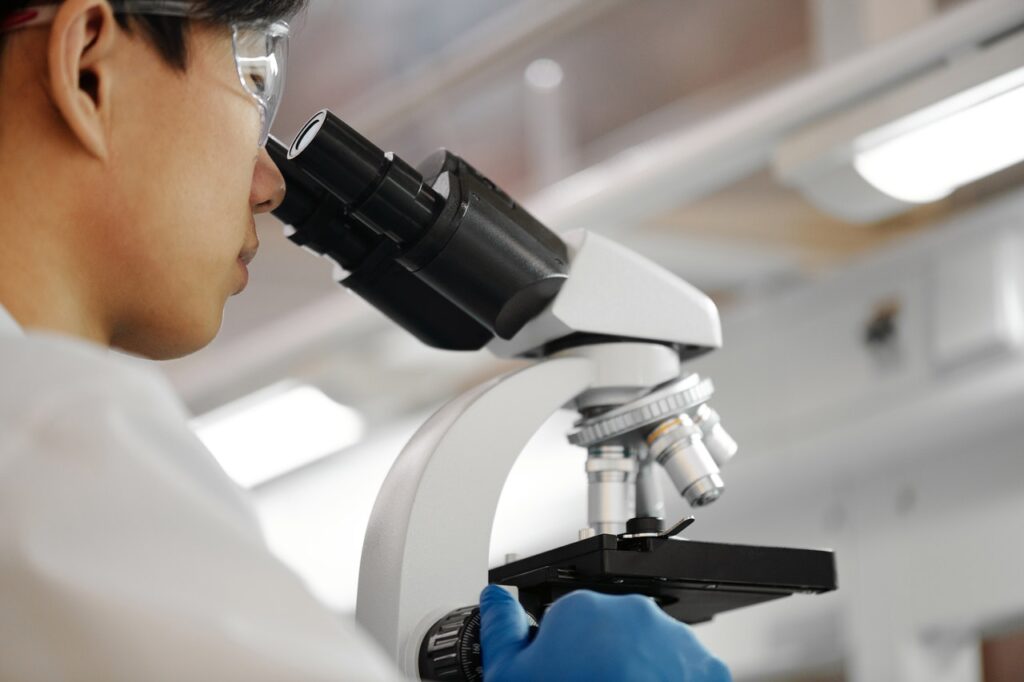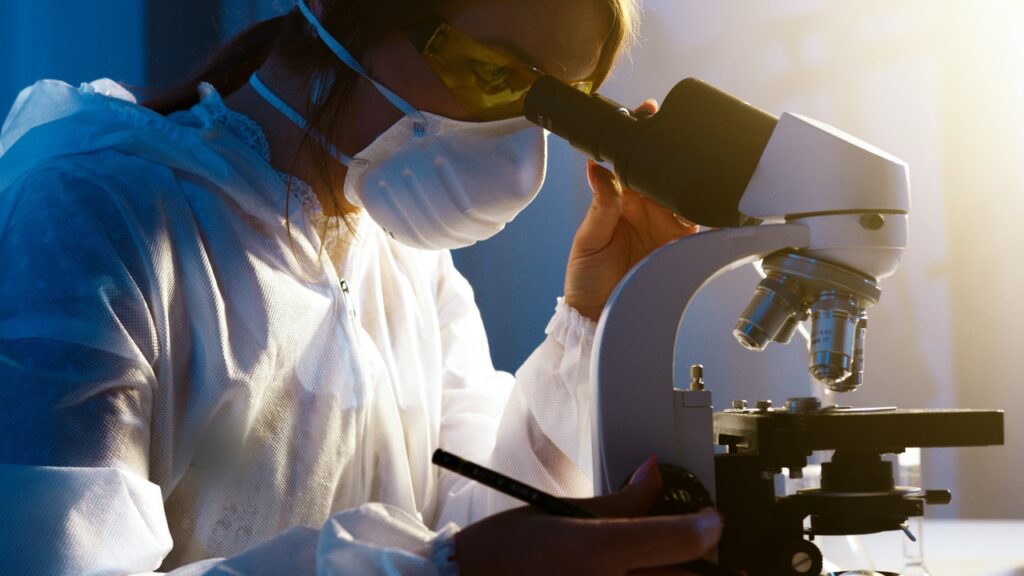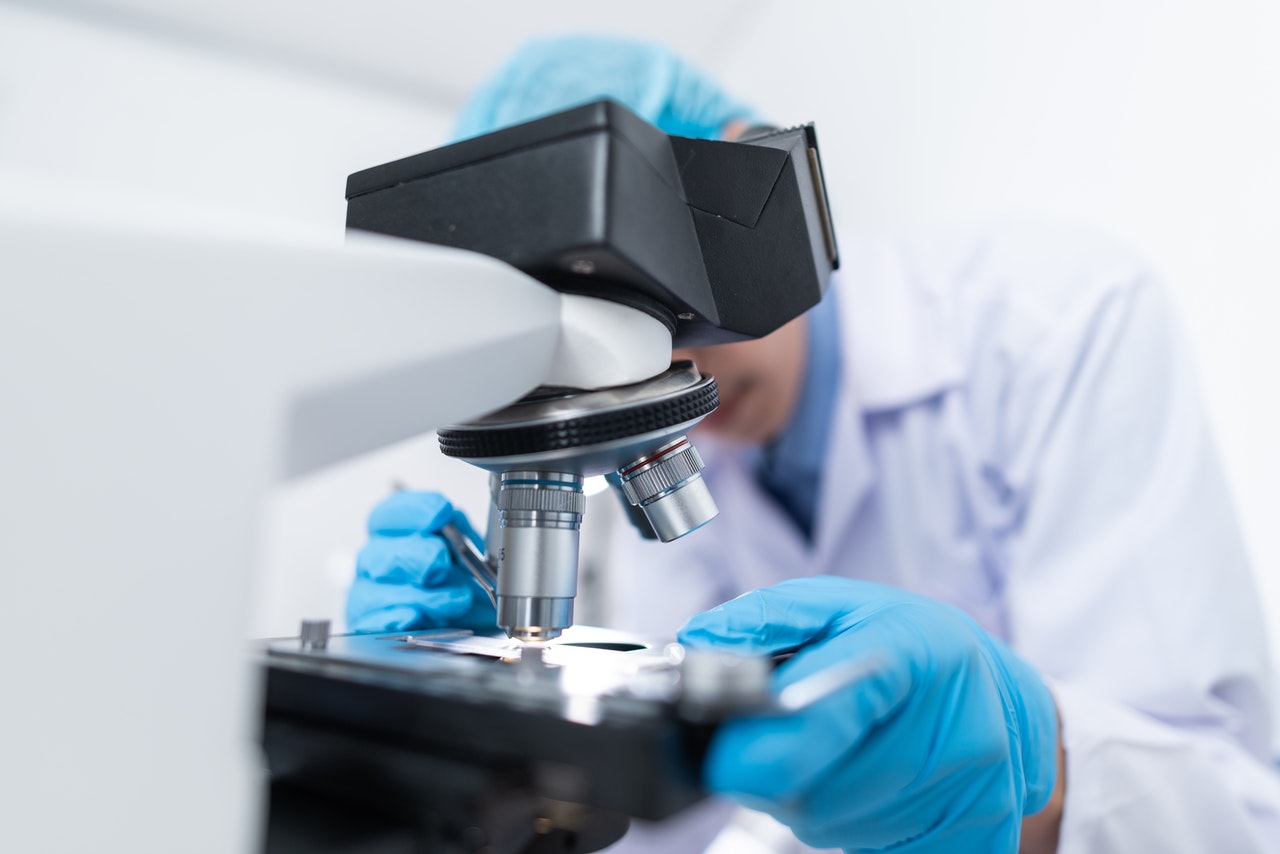The world is facing a new challenge for more than a year. The challenge is called KOVID-19 – a virus that is the new enemy of every human being, a virus that must be eliminated and we are constantly working on its elimination. It is something that has slowed down the planet, locked people in their homes, and made them more frightened and wary than ever before. Despite all the fear caused by the virus, science is still restoring hope. Science has told all mankind not to worry and to continue to protect themselves until science finds a solution to the virus, prepares the solution, and places it on man to protect himself.
That is how, thanks to science, humanity will be saved. But how? With the help of the methods of work applied by scientists. This is how it started: the virus appeared without any sign, people pointed out symptoms that scientists confused and for that need, scientists took a sample from people and examined it. With the help of their methods, they examined the sample, with help of the same methods they suggested how to approach the virus, and with the newly discovered methods for rapid development of the vaccine, a solution was reached that would reduce the spread of the virus and time would neutralize it.
To get all this knowledge you need equipment. Starting from the most common test tubes in which the reagents will be placed to the microscopes. The laboratory equipment is very important, the auxiliary elements in the laboratory are important, the reagents with which it is researched are important, but for each laboratory, it is especially important to have an excellent microscope that will answer many questions. Every laboratory must have it because it is needed to see in detail the sample taken, to analyze, and then with the help of theory to get information about the construction of the sample and to know what the sample is actually. Microscopes can be available not only in laboratories but also at home to study samples and sample structures. But often the owners of microscopes that are taken for use at home, but also those who bought them for use in their laboratories are not familiar with what telescope they have and use. To resolve these ambiguities and dilemmas we decided to make a brief analysis of the microscopes and present the information. So today we are going to draw a parallel between a binocular and a monocular microscope to answer the question of what kind of microscope are you using.
Binocular model – what kind of microscope is it?

The first type of microscope we will discuss today is the binocular type. What exactly is it about? According to the manufacturers, the difference is only in the two apertures for the eyes, but according to science, the difference is very different. According to the manufacturers, these are models of microscopes that have two lenses on which the eyes should be positioned to look at what is set to be examined. According to science, this is an accurate microscope, both eyes are used at the same time to flatten the image and to look as closely as possible at the sample under observation. Most often this type of auxiliary equipment is used in laboratories, and its use can also be found in the educational processes in the study of science subjects that require work with microscopes and the study of samples.
Monocular model – what kind of microscope is it?

If the first type of microscope we were talking about was made with two apertures through which one can see what is being researched, then the monocular type was made for just one eye. Wondering what this kind of lab assistant is like? It is a microscope that is made with only one aperture, ie that has a lens through which can be seen with only one eye. It is especially used in laboratories, but it can also be used if you are a jewelry appraiser, if you are a jeweler if you value precious metals, and for other purposes. The advantage of this microscope is that it has several types of lenses that can be replaced on the device itself and that can improve the view through it for the specific purpose for which the lenses are intended. As we have already said, this type of microscope is primarily intended for laboratory conditions, but can also be used for other purposes.
Now that you know the difference between these two types of devices you can easily know which type you have, but do you know which model is better for you and how best to choose the right model? Find out below.
How do you know which model is better and how do you know which model is fitting your purpose better?

The quality of both models is top-notch, it is something that should not bother you at all. What you need to pay attention to is the purpose. If you are working with students, working in a laboratory where samples need to be examined in more detail, then select the binocular type of microscope designed for that purpose. We would like to mention that this model is great for home usage for all science lovers. And if you are looking for precision with several types of lenses that will play a big role for your specific purpose, if you are looking for a model that will offer you a more focused view of what you observe in that case we would recommend the monocular model that would be of great benefit. What you also need to know is that you need to pay attention to where you buy the microscopes, pay attention to the manufacturers you buy from, and other important information that you can learn more about by visiting the microscopeclub.com experts who always have the best, highest quality and most accurate information on this topic.
You need to be well-prepared to indentify which model you have, but also you need to be well-prepared before deciding to own a microscope, and from now on you will be able to easily identify which one is best for you. Now you can easily recognize what model you have at work or at home and whether it is good enough for you and the work responsibilities you face, and for which you need it.








